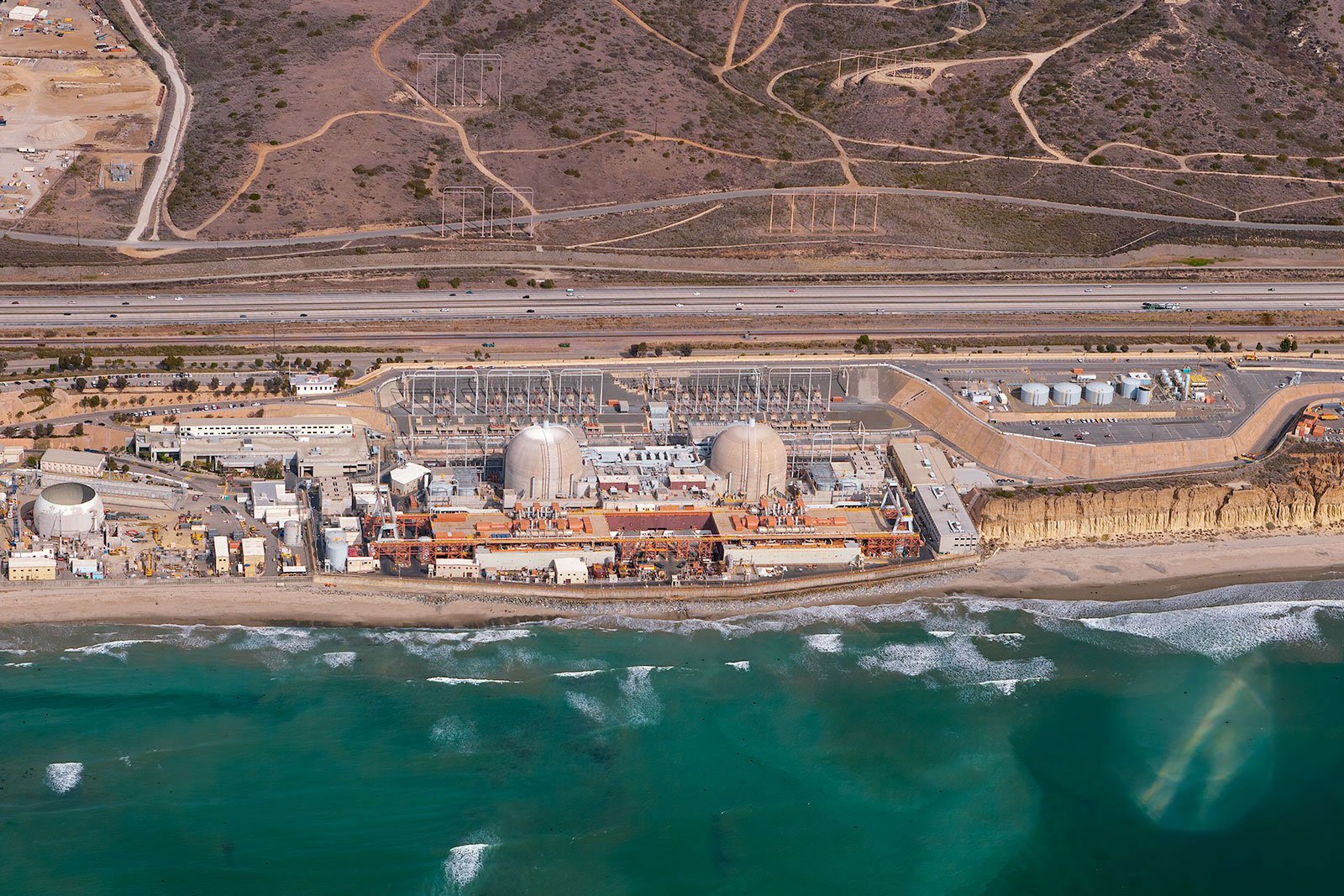
California is known for its stunning beaches, Hollywood celebrities, and Silicon Valley tech giants. But beneath the glamour and affluence lies a lesser-known, yet very consequential, history of nuclear power. California's nuclear power has been a controversial topic for decades, with concerns ranging from safety to environmental impact. Despite this, nuclear energy remains an important part of California's energy mix, providing a significant source of carbon-free electricity.
The History of Nuclear Energy in California
California played a significant role in the growth of nuclear power in the United States. The state's first commercial nuclear power plant, the Vallecitos Nuclear Center, began operating in 1957. It was followed by the construction of several other plants, including the Rancho Seco Nuclear Generating Station, the Humboldt Bay Nuclear Power Plant, and the iconic Diablo Canyon Nuclear Power Plant.
The 1970s and 1980s were marked by increasing public concern about the safety of nuclear power, fueled by incidents such as the Three Mile Island accident in 1979 and the Chernobyl disaster in 1986. These events led to stricter regulations and a slowdown in the construction of new nuclear plants. In California, this shift in public opinion resulted in the closure of some nuclear power stations, such as Rancho Seco in 1989.
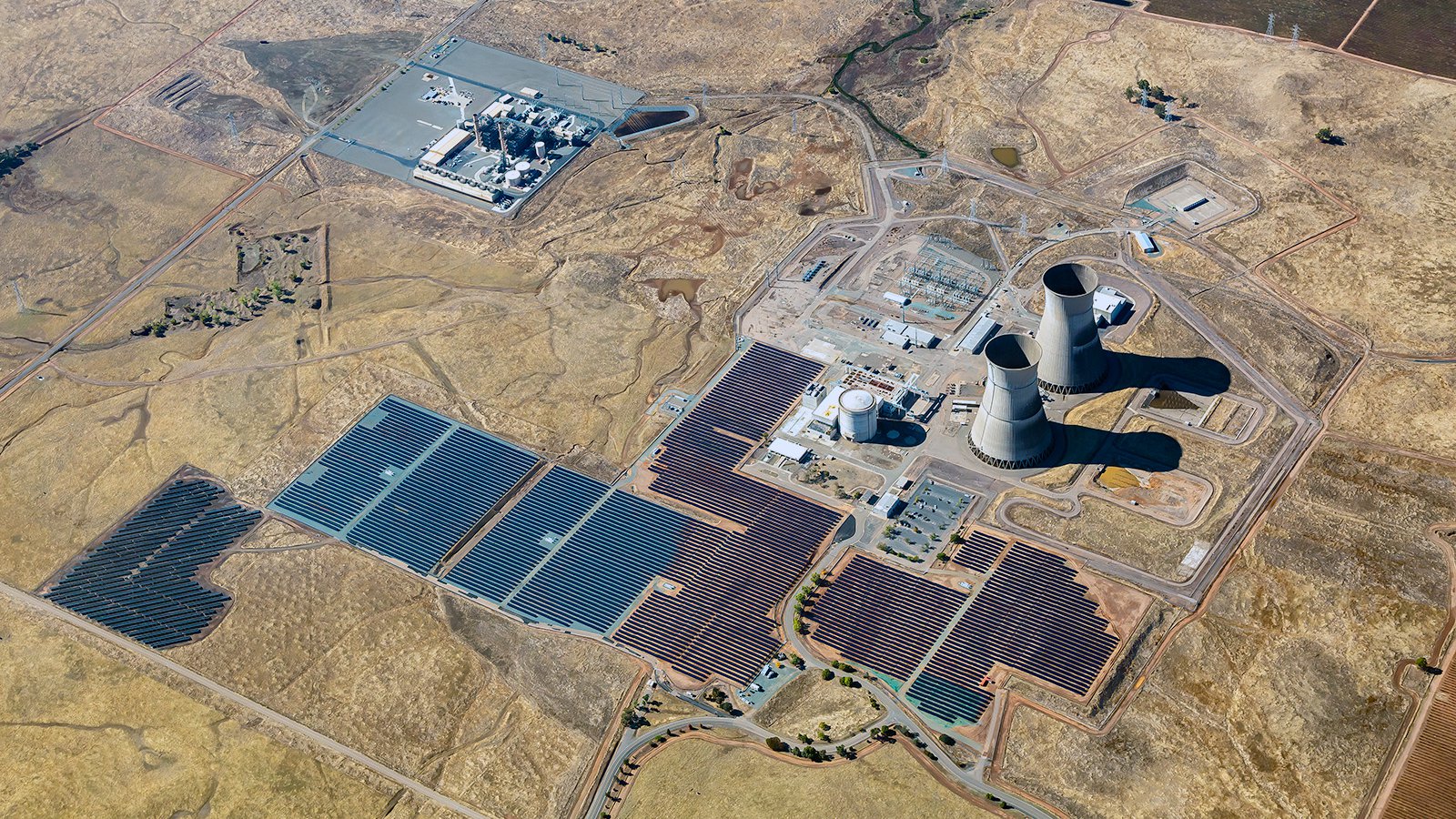
The juxtaposition of the solar panels and the Rancho Seco Nuclear Generating Station in this close-up aerial image highlights California's transition towards cleaner energy.
California currently has only two nuclear power plants, with Diablo Canyon as the sole operating nuclear power plant, while San Onofre is in the process of being permanently retired.
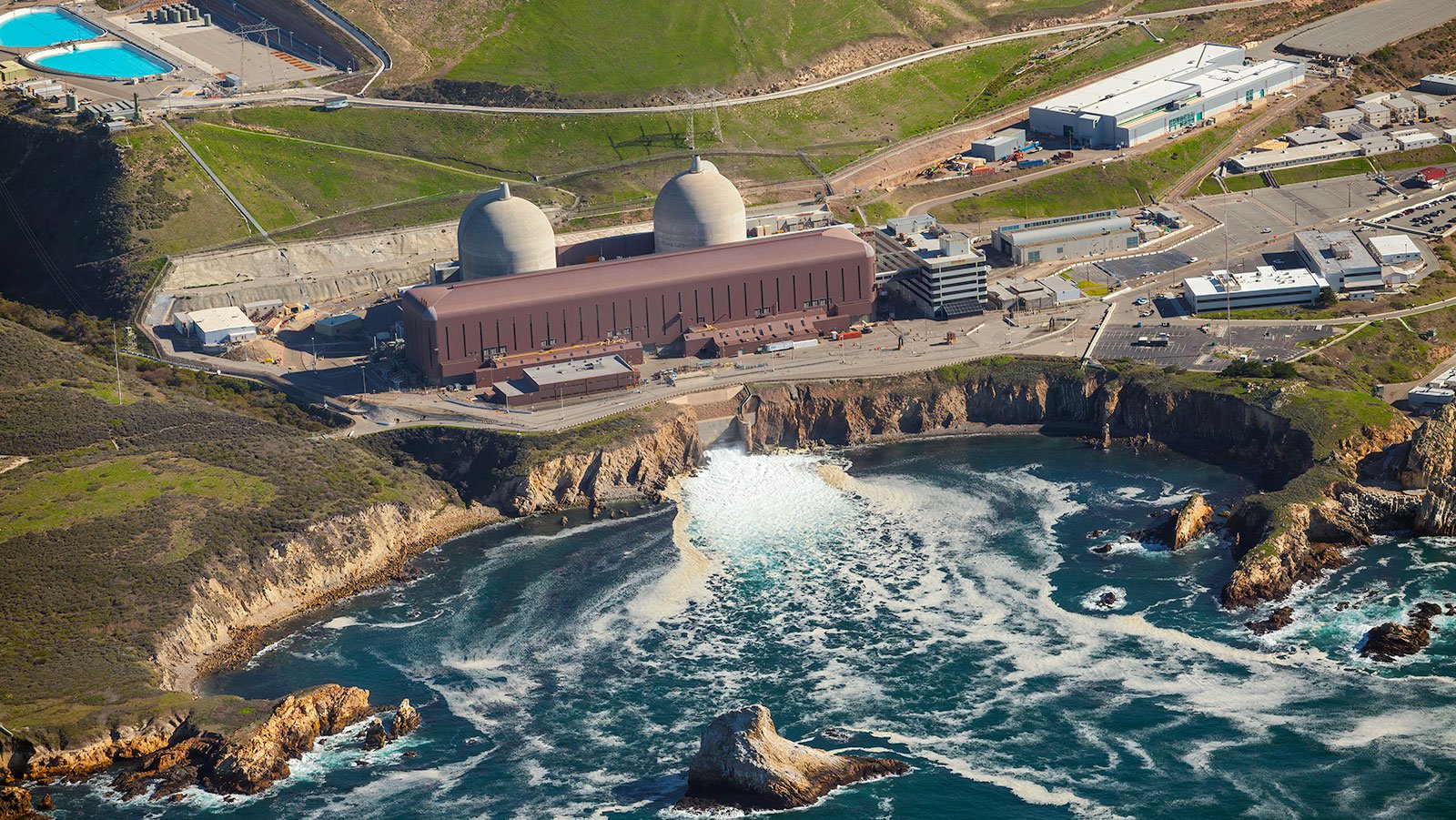
Nestled along the rugged coast of San Luis Obispo, California, Diablo Canyon's twin reactors provide a striking contrast to the serene natural beauty that surrounds it.
Diablo Canyon Nuclear Power Plant
Diablo Canyon is located on the central coast of California and is operated by Pacific Gas & Electric (PG&E). It has been operational since 1985 and generates up to 2,256 megawatts of electricity, around 8.7% of California's total electricity in 2021, according to the EIA, making the Diablo Canyon plant the largest single clean energy source in California.
While retirement plans for the Diablo Canyon facility were announced by PG&E in 2016, the retirement date was pushed back several years, as researchers at MIT and Stanford demonstrated that keeping the Diablo Canyon nuclear plant would reduces the state's carbon emissions from electricity by more than 10% per year. The plant is now scheduled for retirement in 2030, with PG&E planning to replace its power sources with renewable energy alternatives, like solar and wind power.
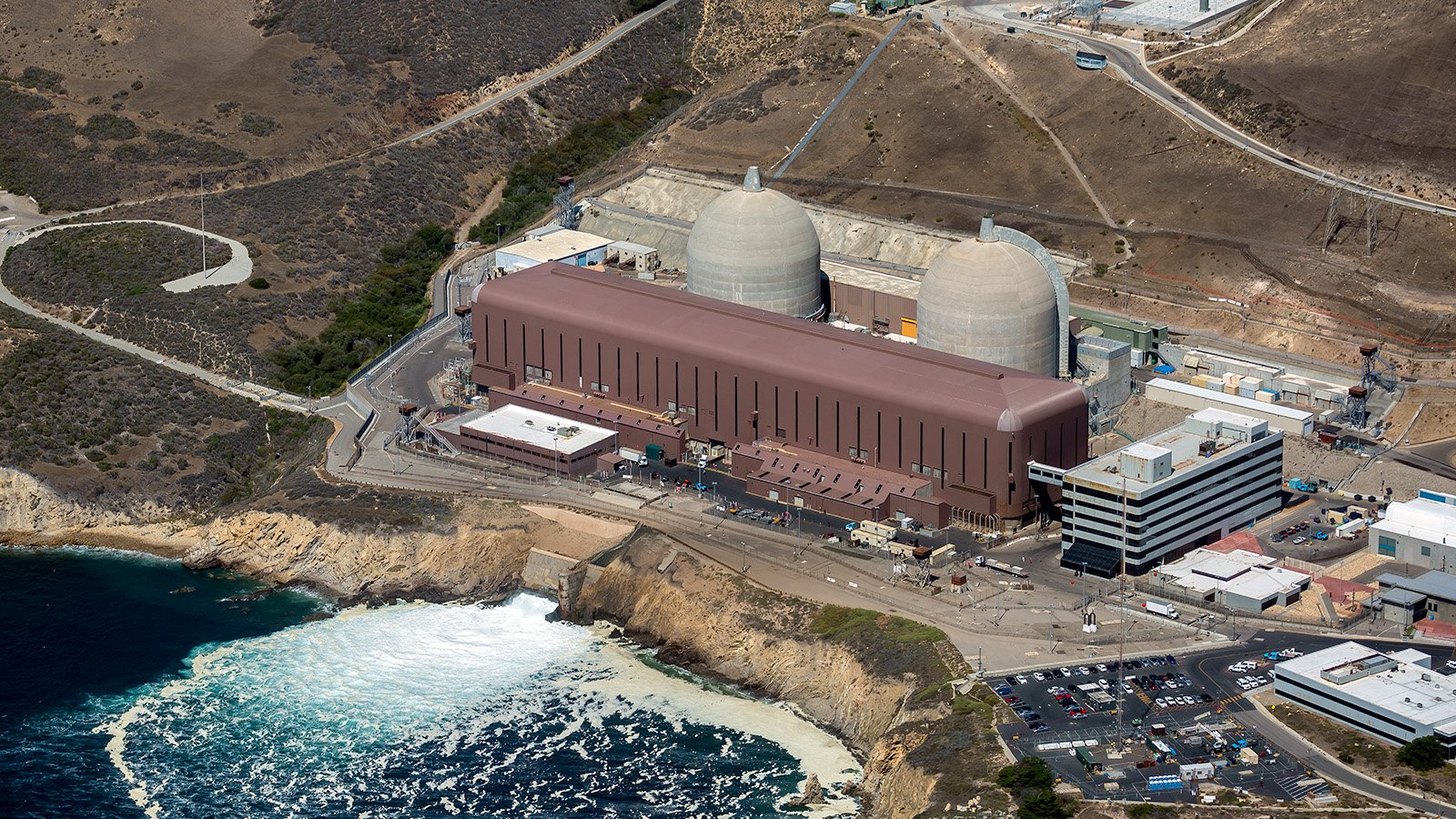
The Diablo Canyon Nuclear Power Plant looms large against the tranquil backdrop of Avila Beach's coastal cliffs.
San Onofre Nuclear Generating Station
San Onofre is located in Southern California and operated by Southern California Edison (SCE) until its announced permanent retirement in 2013. Once generating around 20% of Southern California's total electricity, according to the EIA, San Onofre was ultimately retired due to equipment failure and subsequent concerns over safety. After its retirement, the plant began a long-term decommissioning process that is expected to continue until 2065. The decommissioning process includes the safe removal of all nuclear materials and dismantling the plant's structures in a manner that minimizes environmental impact.
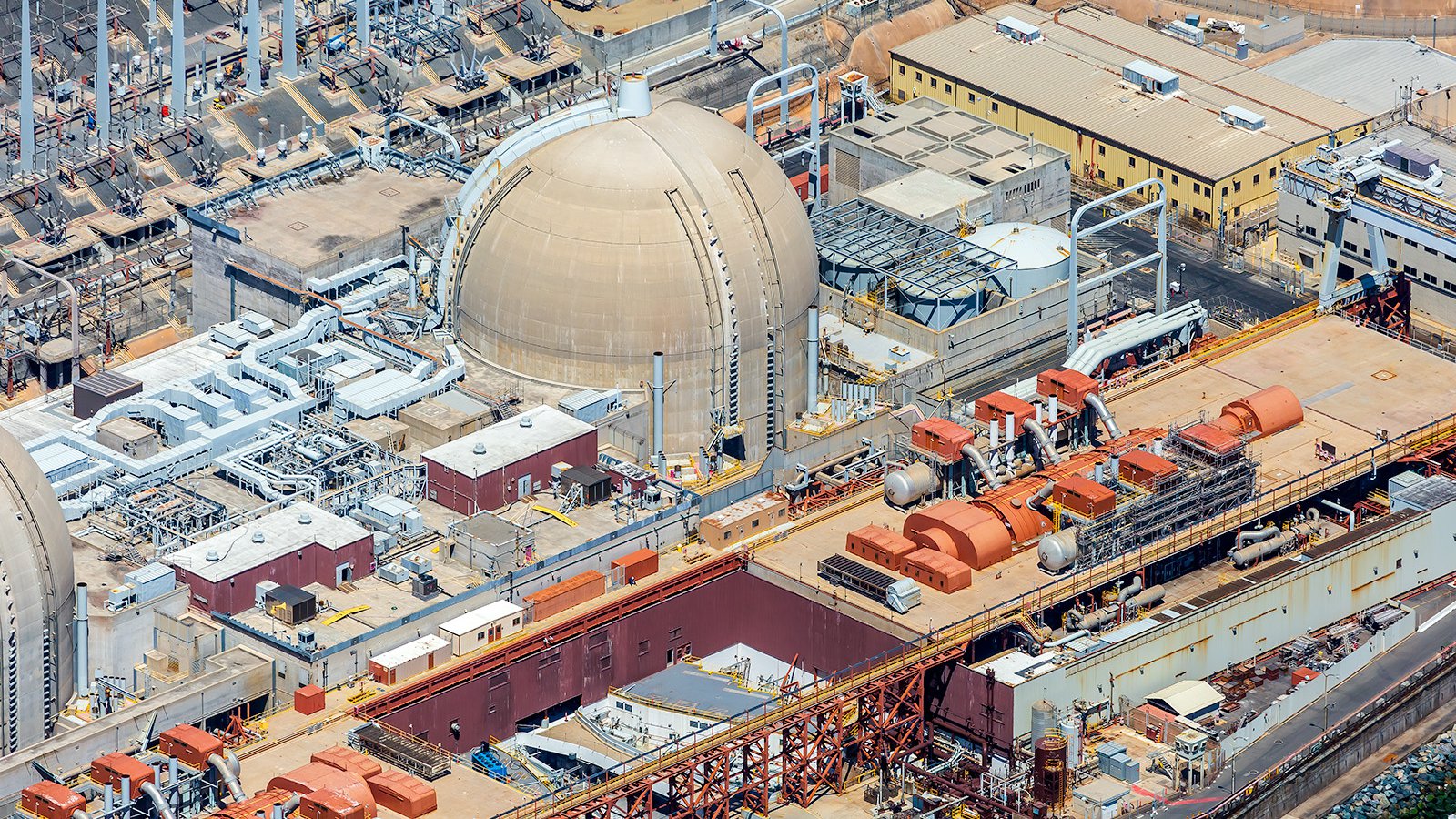
A breathtaking bird's-eye view of the decommissioned San Onofre Nuclear Generating Station, showcasing one of its iconic containment domes and surrounding infrastructure.
Clean Energy but not without Risks
One of the major concerns surrounding nuclear plants is the potential for accidents or incidents that could result in the release of radiation. Both Diablo Canyon Nuclear Power Plant and San Onofre Nuclear Generating Station have safety features built in that are designed to prevent and mitigated incidents.
Another concern surrounding operating nuclear power reactors is the management of nuclear waste. Nuclear plants produce waste that is highly radioactive and can remain hazardous for hundreds of thousands of years. The federal government is responsible for managing nuclear waste, and there is currently no permanent disposal site for the nuclear toxic waste in the United States. This has led to interim storage facilities throughout the country, including at both Diablo Canyon and San Onofre.
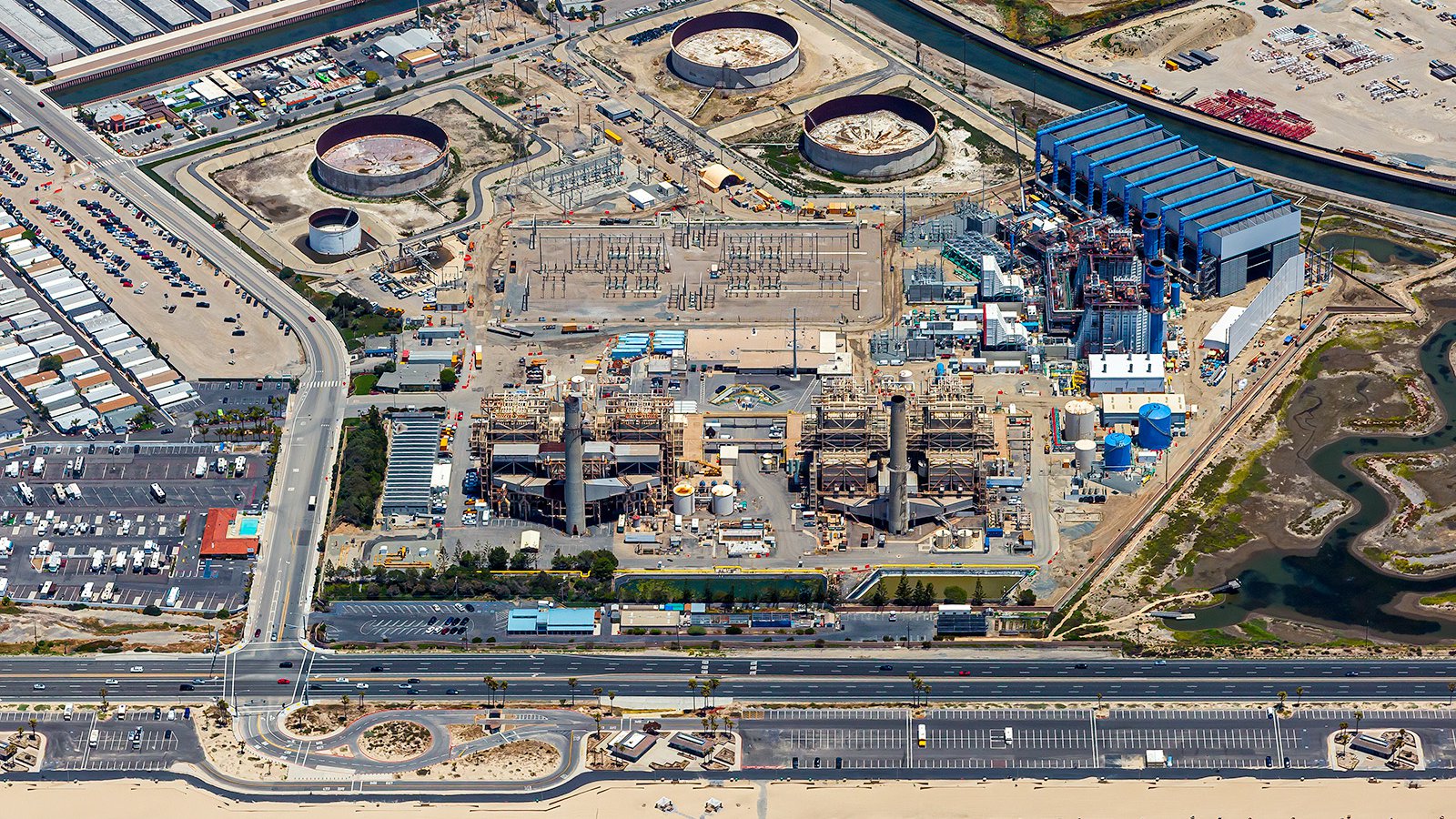
The AES Huntington Beach natural gas power plant dominates the shoreline, providing a unique contrast between nature and industry in Southern California.
Aside from safety concerns, California's nuclear plants have also sparked controversies over their environmental impact, costs, and public perception. Natural gas power plants have historically provided the majority of California's electricity and "green nuclear power" was considered a sustainable, clean power alternative, especially before the feasibility of large-scale solar power, which have began to provide a substantial amount of California's electrical needs in recent years. Critics argue that nuclear power is not a sustainable, nor a clean source of energy, as it produces toxic waste that can remain hazardous for thousands of years. Others contend that nuclear power is too expensive and risky, especially compared to renewable sources like wind and solar power.
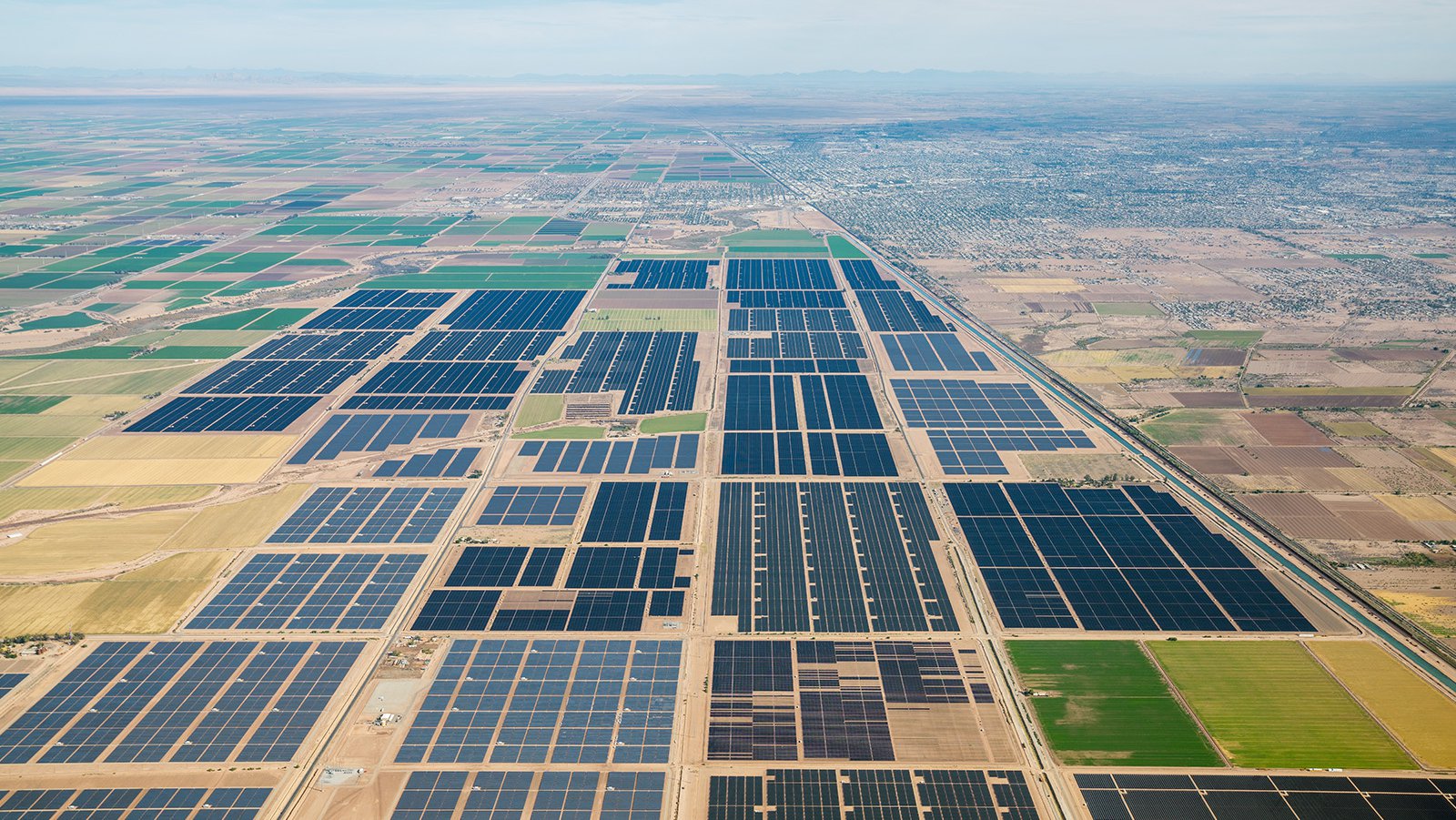
The vast Mount Signal 2 Solar Farm and its surrounding solar installations represent a new era of energy production in California, as the state embraces solar power over nuclear energy.
The Rise of California's Large-Scale Solar Farms
As a global leader in environmental policy and clean energy adoption, California has been at the forefront of the transition to renewable energy sources. The state's ambitious goals to reduce greenhouse gas emissions and increase the share of renewables in its energy portfolio have spurred significant investments in large-scale solar farms.
Blessed with abundant sunshine, California is an ideal location for solar power generation. Recognizing this potential, the state has set aggressive renewable power targets, aiming to reach 60% renewable energy by 2030 and 100% clean energy by 2045. These massive installations harness the state's abundant sunshine to generate clean, renewable electricity, helping California reduce its reliance on fossil fuels, like the natural gas plants powering much of state, and combat climate change.
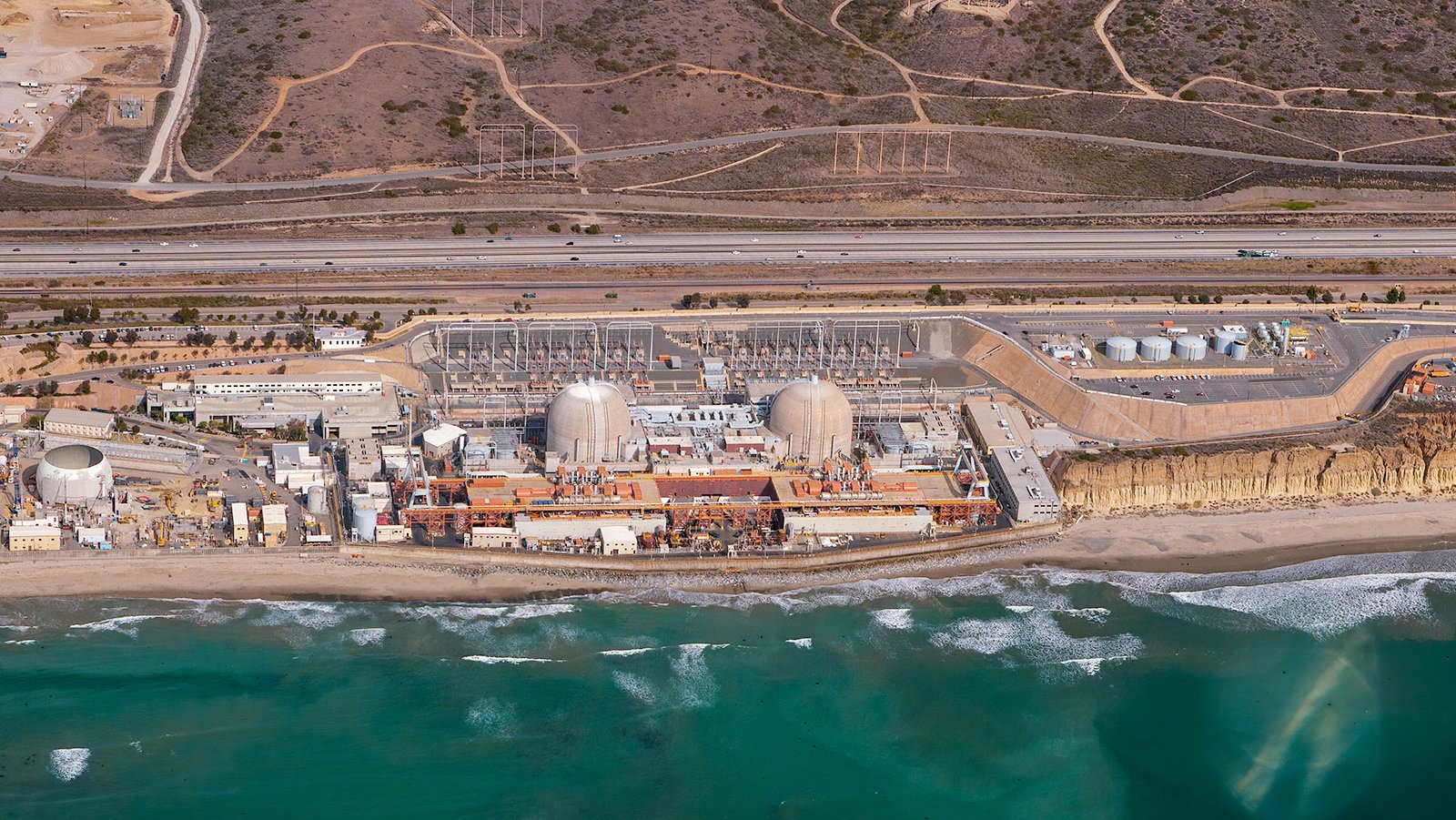
The decommissioned San Onofre Nuclear Generating Station sits quietly on the picturesque California coastline, a symbol of the state's energy past.
The history of California's nuclear energy is a complex and controversial one, marked by both technical achievement and public skepticism. As California moves towards a cleaner and greener energy future, the fate of its nuclear power plants will continue to be a topic of debate and deliberation. Whatever one's stance on nuclear power, it is important to appreciate the history and legacy of this technology, and not forget its contribution in helping California to achieve it's clean, green energy goals to ultimately transition to fully using its renewable energy resources.